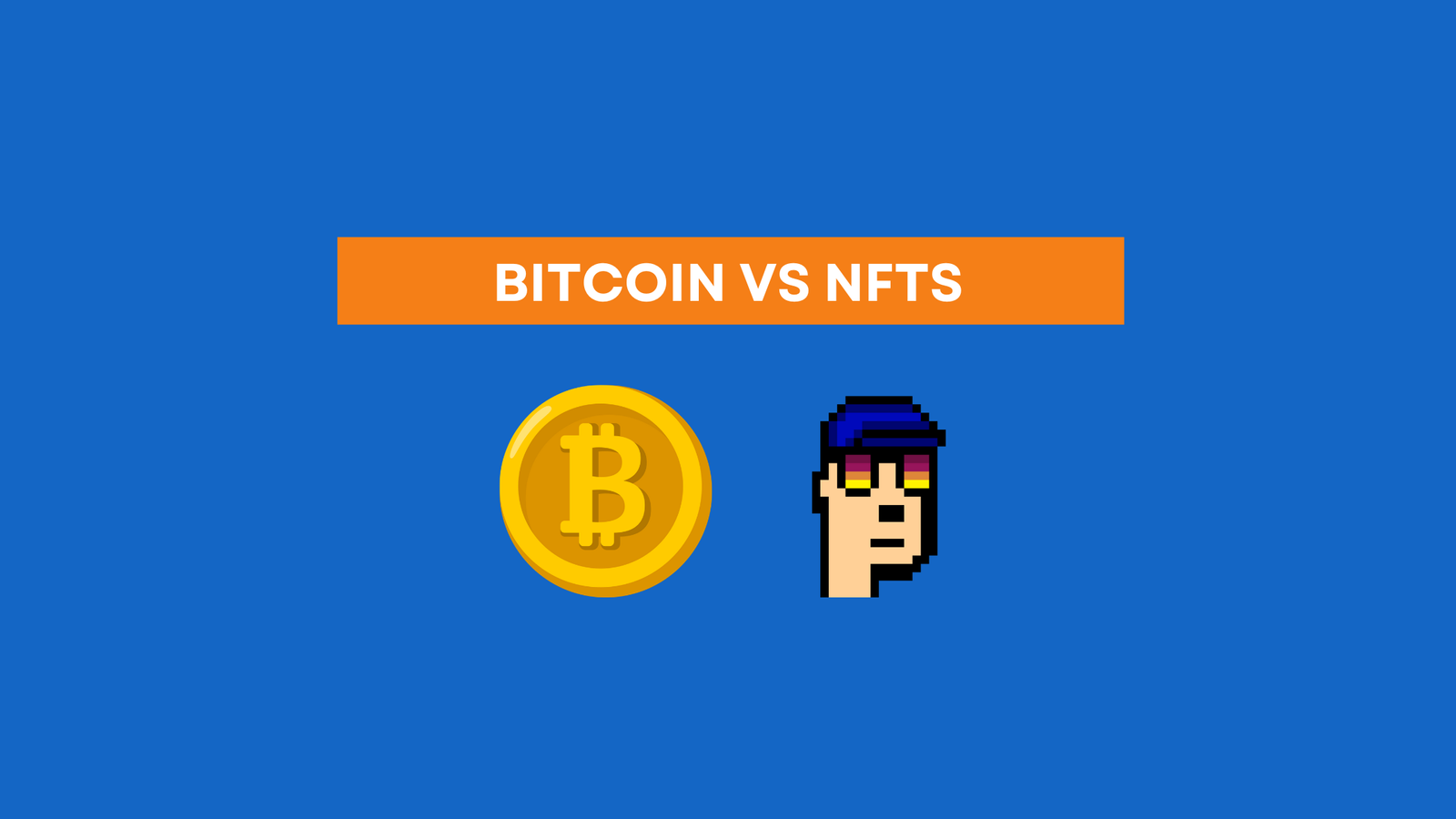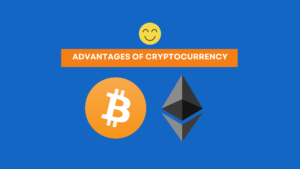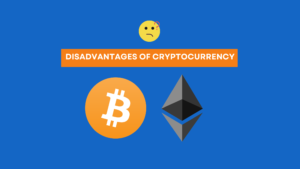
In recent years, the world of cryptocurrency has witnessed an explosion of interest and innovation, with Bitcoin and Non-Fungible Tokens (NFTs) emerging as two of the most prominent players in this digital financial landscape. While both Bitcoin and NFTs fall under the umbrella of blockchain technology, they serve vastly different purposes and possess distinct characteristics. In this blog post, we will delve deep into the main differences between Bitcoin and NFTs, shedding light on how these digital assets function and why they have captured the imagination of investors and creators alike.
Nature of Asset
- Bitcoin: Bitcoin is a digital currency or cryptocurrency designed primarily as a medium of exchange. It functions as a store of value and a unit of account, akin to traditional fiat currencies like the US dollar or the Euro. Bitcoin’s main purpose is to facilitate peer-to-peer transactions, enabling users to transfer value across the internet without the need for intermediaries like banks.
- NFTs: Non-Fungible Tokens, on the other hand, represent ownership or proof of authenticity of a unique digital or physical asset. NFTs are used to tokenize various items, including digital art, music, virtual real estate, collectibles, and more. Unlike Bitcoin, NFTs are not intended to serve as a currency; instead, they certify the uniqueness and ownership of a specific item.
Fungibility
- Bitcoin: Bitcoins are fungible, meaning one Bitcoin is interchangeable with another. Each Bitcoin has the same value and is indistinguishable from another Bitcoin. This fungibility is crucial for its use as a medium of exchange.
- NFTs: NFTs are non-fungible, as each token represents a unique item or piece of content. They cannot be exchanged on a one-to-one basis like Bitcoins, as each NFT has distinct attributes and ownership rights.
Scarcity
- Bitcoin: Bitcoin has a capped supply of 21 million coins, making it a deflationary asset. This scarcity is programmed into its code and is a key feature contributing to its value proposition as “digital gold.”
- NFTs: NFTs do not have a capped supply, and the number of NFTs in existence can vary widely depending on the projects and creators minting them. Scarcity in the NFT space is determined by the rarity of the underlying assets or the creator’s decision to limit the number of tokens representing a particular item.
Use Cases
- Bitcoin: Bitcoin’s primary use case is as a store of value and a means of transferring value across borders. Some investors also view it as a hedge against inflation and a digital alternative to gold.
- NFTs: NFTs have a diverse range of use cases, including digital art ownership, virtual real estate, in-game items, collectibles, music royalties, and even ticketing for events. They have gained popularity among artists, musicians, gamers, and creators looking to monetize their digital creations.
Transferability and Ownership
- Bitcoin: Bitcoins are easily transferable and divisible, allowing for seamless transactions between users. Ownership of Bitcoin is determined by private keys, and losing access to these keys can result in the loss of funds.
- NFTs: NFTs are also transferable but cannot be divided like Bitcoins. Ownership of an NFT is typically linked to a digital wallet, and the blockchain records the history of ownership, making it easy to verify authenticity.
Value Determination
- Bitcoin: The value of Bitcoin is determined by market supply and demand dynamics, influenced by factors like adoption, institutional interest, macroeconomic events, and regulatory developments.
- NFTs: The value of NFTs is highly subjective and depends on factors such as the rarity of the underlying item, the reputation of the creator, and the demand from collectors and enthusiasts. NFT prices can vary significantly, with some fetching millions of dollars for unique digital assets.
In conclusion, while both Bitcoin and NFTs operate on blockchain technology, their purposes, fungibility, scarcity, use cases, transferability, ownership, and value determination set them apart. Bitcoin serves as a digital currency and store of value, while NFTs represent ownership of unique digital or physical items. The differences between these two assets showcase the versatility and innovation within the broader world of cryptocurrencies, offering a glimpse into the future of digital finance and ownership.
For more updates in cryptocurrency world, subscribe to learn more on Recovery Review Insider.





